Día de Muertos, Day of the Dead, festivity is a Mexican festivity that has granted Mexico worldwide recognition for its rich culture, colors, and tradition. Among the many elements that this observance includes, is the beautiful cempasúchil flower.
With yellow and orange hues and an intense earthy scent, this flower carries behind it years of history, symbolism, and folklore. Even since pre-Columbian times, this flower already played a significant role for spiritual and ceremonial purposes. For the Mexicas, this flower represented the union between life and death, and this belief carried on to present times where it is an essential part of ofrendas and decorations for Día de Muertos.

But, have you ever wondered how is the cempasúchil flower related to the celebration of the Day of the Dead? Read on and find out here.
What is the cempasúchil flower?
The cempasúchil flower is a plant native to Mexico, whose main characteristic is the yellow or orange tone of its petals, in addition to its intense smell. It is estimated that there are 35 species of the flower in Mexico alone, with the states of mountainous areas, Guanajuato, Hidalgo, Michoacán, and the State of Mexico being its main producers.
The name of the cempasúchil flower comes from the Nahuatl “cempohualxochitl,” “cempohual” which means twenty or many, and “xochitl”, which means flower, thus translating its name to flower of twenty/many petals.
In pre-Hispanic times, the Mexicas associated the color of this flower with the sun, in addition to believing that its smell attracted and guided the souls of the deceased, for which it was placed in offerings dedicated to them.
A symbol of life and death, this flower is seen everywhere for Day of the Dead decorations, especially at the altars or ofrendas that people put together in honor of our deceased. Not only is cempasúchil one of the main adornments in ofrendas, but leading to them: the tradition is to create paths made with the cempasúchil petals leading to the ofrendas to guide the souls to them and that their spirit does not get lost in its way. Though some are simpler and shorter, other paths can run from the main entrance leading to the altar that was placed inside the house.

Cempasúchil, like many other important icons of Mexican folklore, has been so widely recognized that there is an ancient, pre-Hispanic legend of its creation. Today, we want to tell you all about it…
A long, long time ago there were a couple of children who knew each other from birth, the girl was called Xóchitl, and the boy Huitzilin.
Growing up together, they would share everything they did, and their joys and sorrows would be felt equally by each other, so there’s no wonder that, in the end, their friendship turned into a sweet and tender love.
So much was their love for each other that one day they decided to climb to the top of a hill to seal their love. But not any hill, they went directly to the hill in which the sun dazzled with particular force, knowing of course that it was the home of Tonatiuh, the god of the sun.
They climbed and climbed the longest way just to ask Tonatiuh to give them his blessing and care so they could continue to love each other. The God of the sun, being a witness of such pure adoration, blessed their love and approved their union.
Unfortunately, not all days that followed were so lucky. Tragedy came to them unexpectedly when Huitzilin was called to participate in a battle to defend his people, so they parted ways for him to go to war.
After some time, Xóchitl learned that Huitzilin had died on the battlefield. Her pain was so great and her sorrow so deep that she went back to that hill. As she was standing there, she begged Tonatiuh with all her might to allow her to join him in eternity. Seeing her so afflicted, he decided to turn her into a beautiful flower, so he cast a golden ray on her, and indeed, a beautiful and tender button grew from the earth. However, the button remained closed and never flourished until...
One warm, sunny day a colorful hummingbird was attracted by the unmistakable aroma of this flower. With its fluttering wings, the hummingbird came to her and perched on her leaves. Immediately, the flower opened and showed a beautiful yellow-colored flower, radiant like the sun itself. It was the cempasúchil flower, the flower with twenty petals, which had recognized her beloved Huitzilin, who had taken the form of a hummingbird to return to her.
Thus, the legend says that as long as the cempasúchil flower exists and there are hummingbirds in the fields, the love of Huitzilin and Xóchitl will last forever.

On the Día de Muertos it is believed that the aroma of the cempasúchil flower guides the souls of the deceased on the way to the offering that awaits them in the world of the living. This is a clear reference to the fact that the aroma of this flower lovingly guides the people who left, and that we hope will return to visit us year after year and reunite with our loved ones, just as Xóchitl and Huitzilin did.
-
So, what do you think? Did you like this story? Would you like to know more legends like this one? Let us know in the comments below!
If you would like a copy of this or any other article you find here, we’re not the ones to keep knowledge to ourselves. Please, shoot us an email at info@lolomercadito.com and we would gladly send you a copy of it!
If you liked this piece, be sure to check out all other articles written about Día de Muertos in our Zócalo blog here, where you can read all about the elements for an ofrenda, an in-depth explanation about Día de Muertos, and many more!
Lastly, while you’re at it don’t forget to check out our Día de Muertos collection where you can find all essentials for your ofrenda and home decorations!
If you subscribe to our newsletter, you will get this and many more content of interests, or join our text-message list so that you are 24/7 on the loop! We also make sure to give our familia of subscribers exclusive promotions, gifts, first-hand look at all new products and, of course, these articles that we love to write for you all!

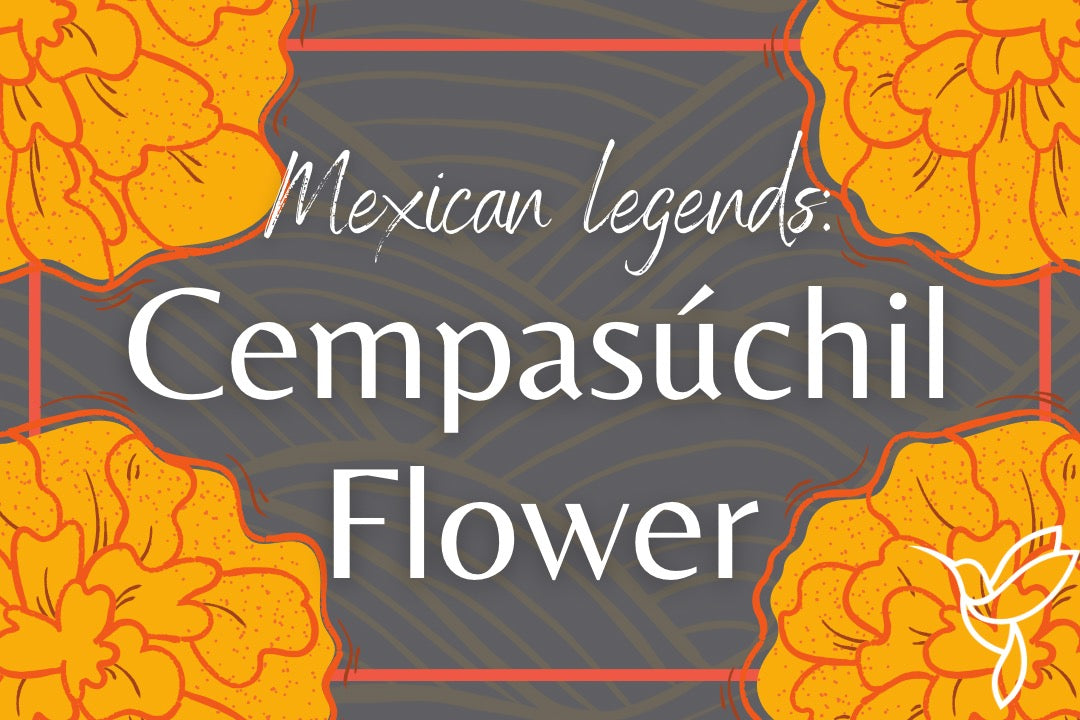

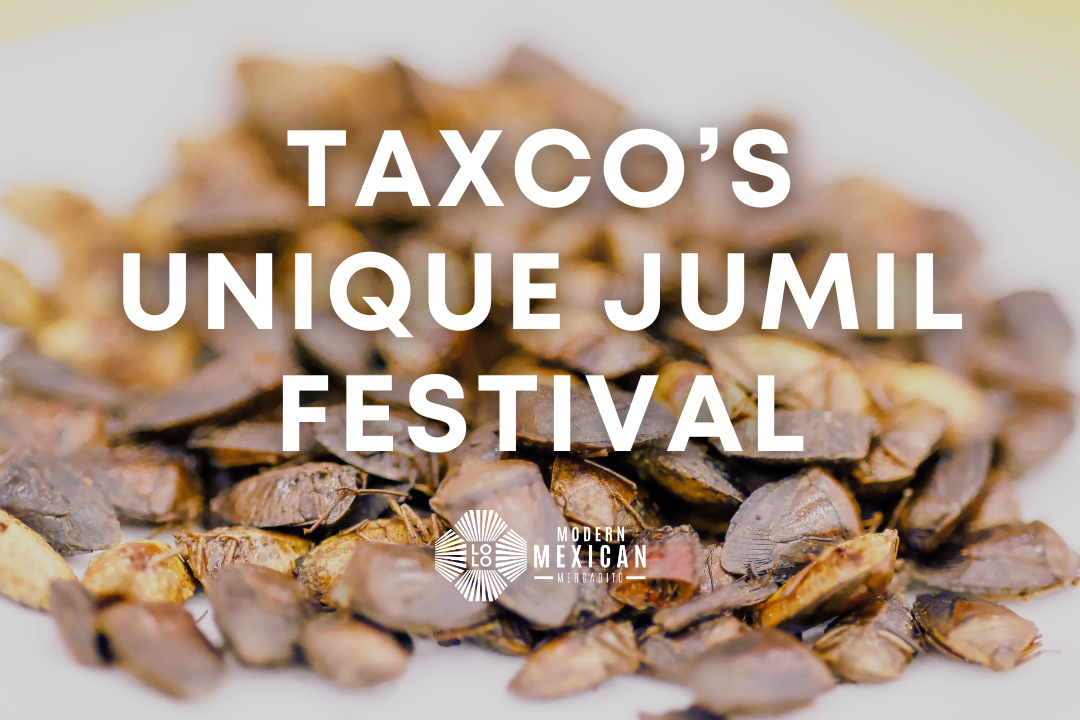
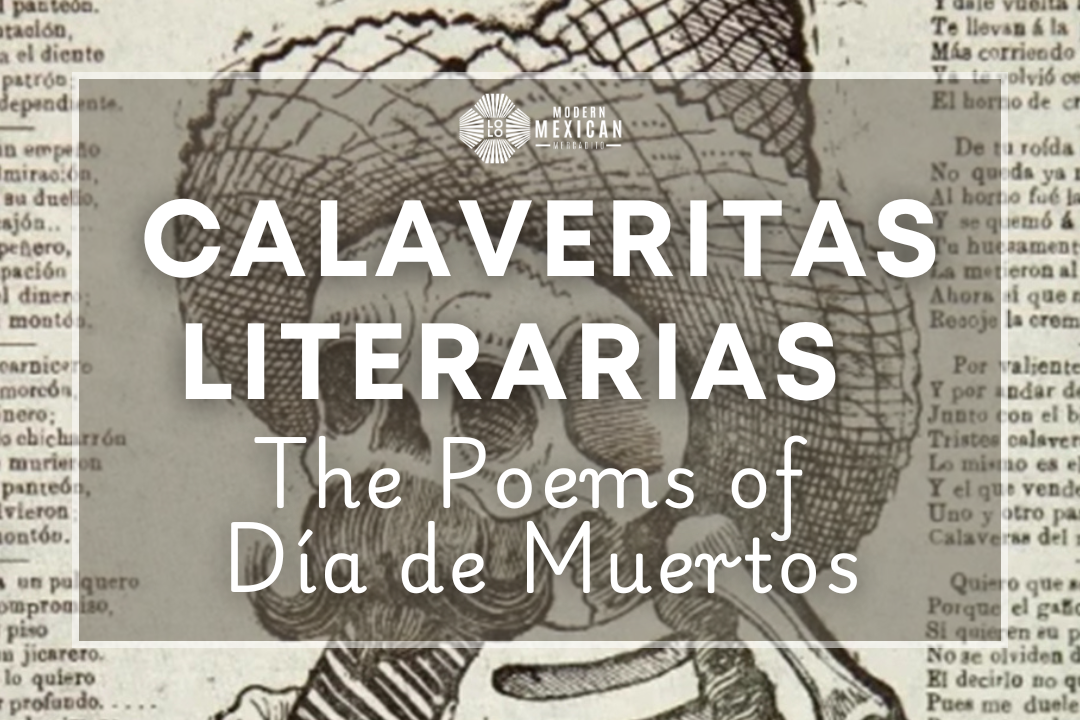
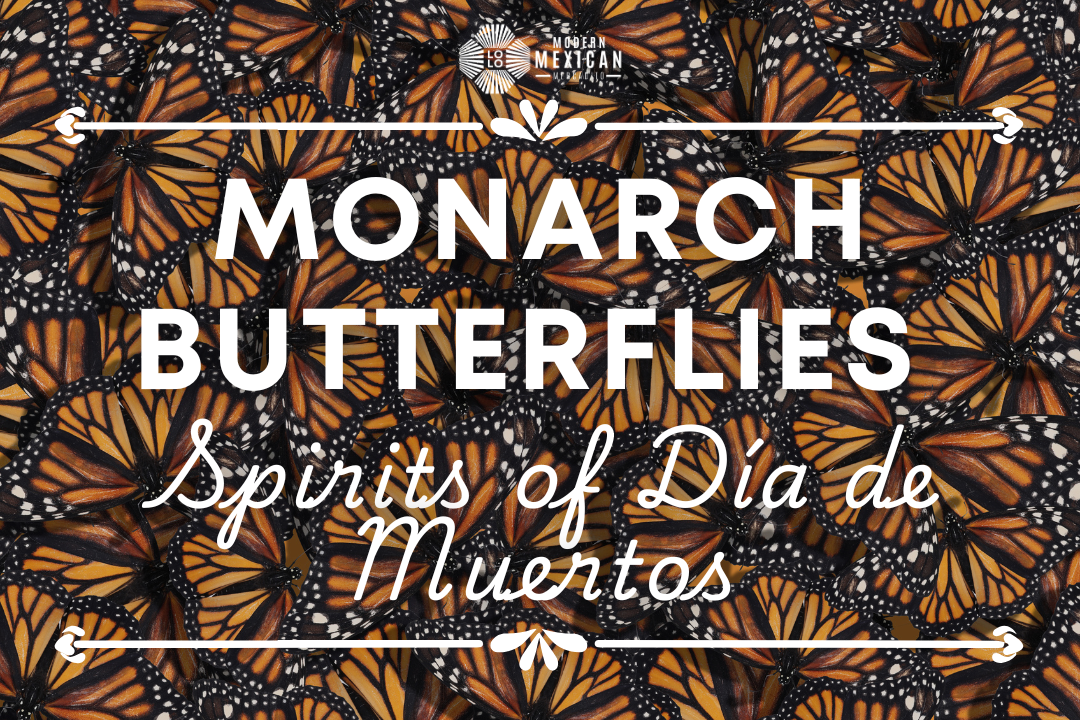
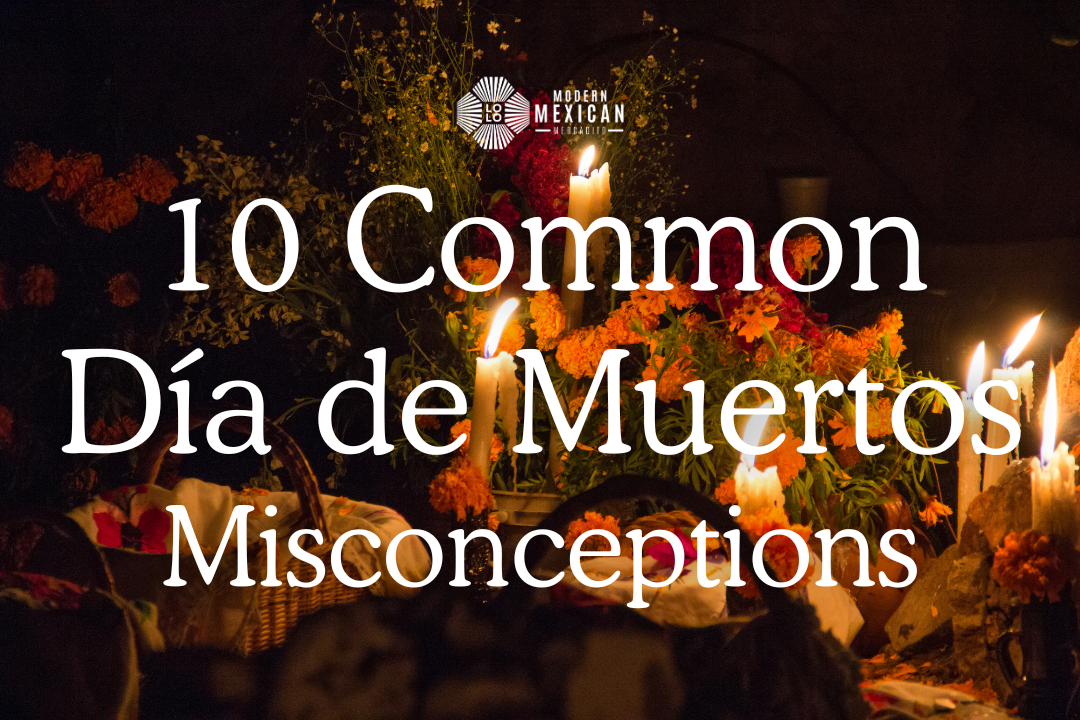
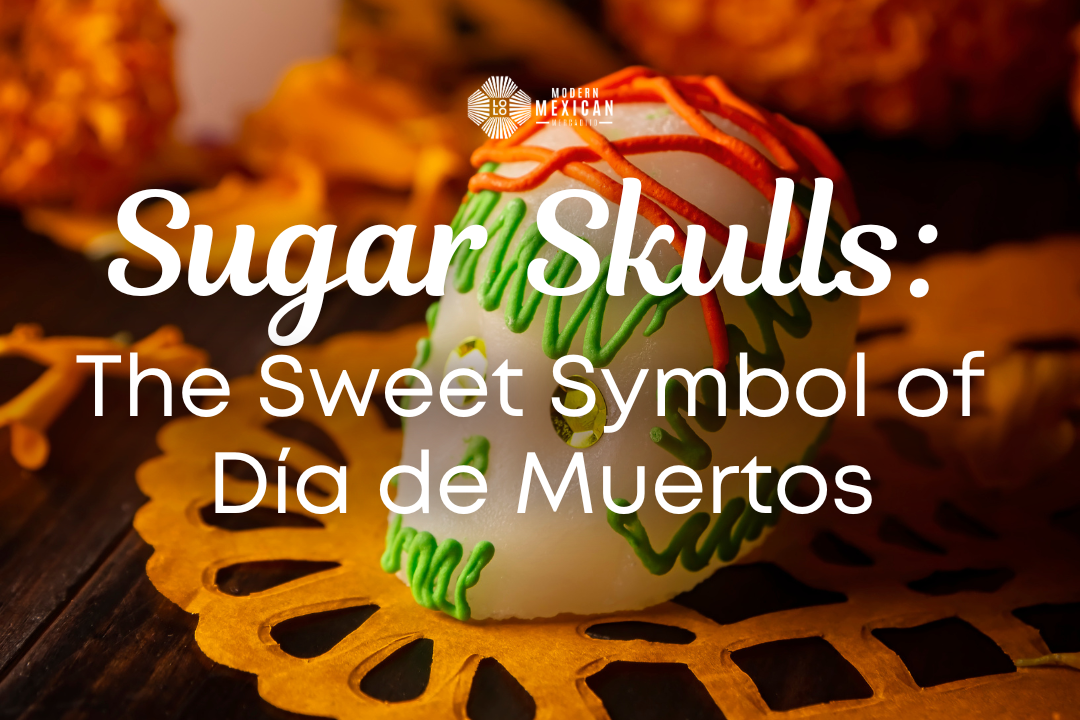

5 comments
Joseph Stalin
Cool story
Xochitl
I absolutely loved this story and will share w/ my daughter. I was born & raised in NY so I don’t always know these lovely stories. My father told us many but this I had not heard. Thank you for this.
Deanna
I had never read this story and now I’m in love with story. Thank you for printing. I look forward to reading more in newsletter!
Francisco Mendez
permission to use your article.
Thanks
Mercedes Garcia
I love the stories that have been passed down thru the ages. I never want to stop learning about my culture. Please keep posting more articles like this one. Thank you